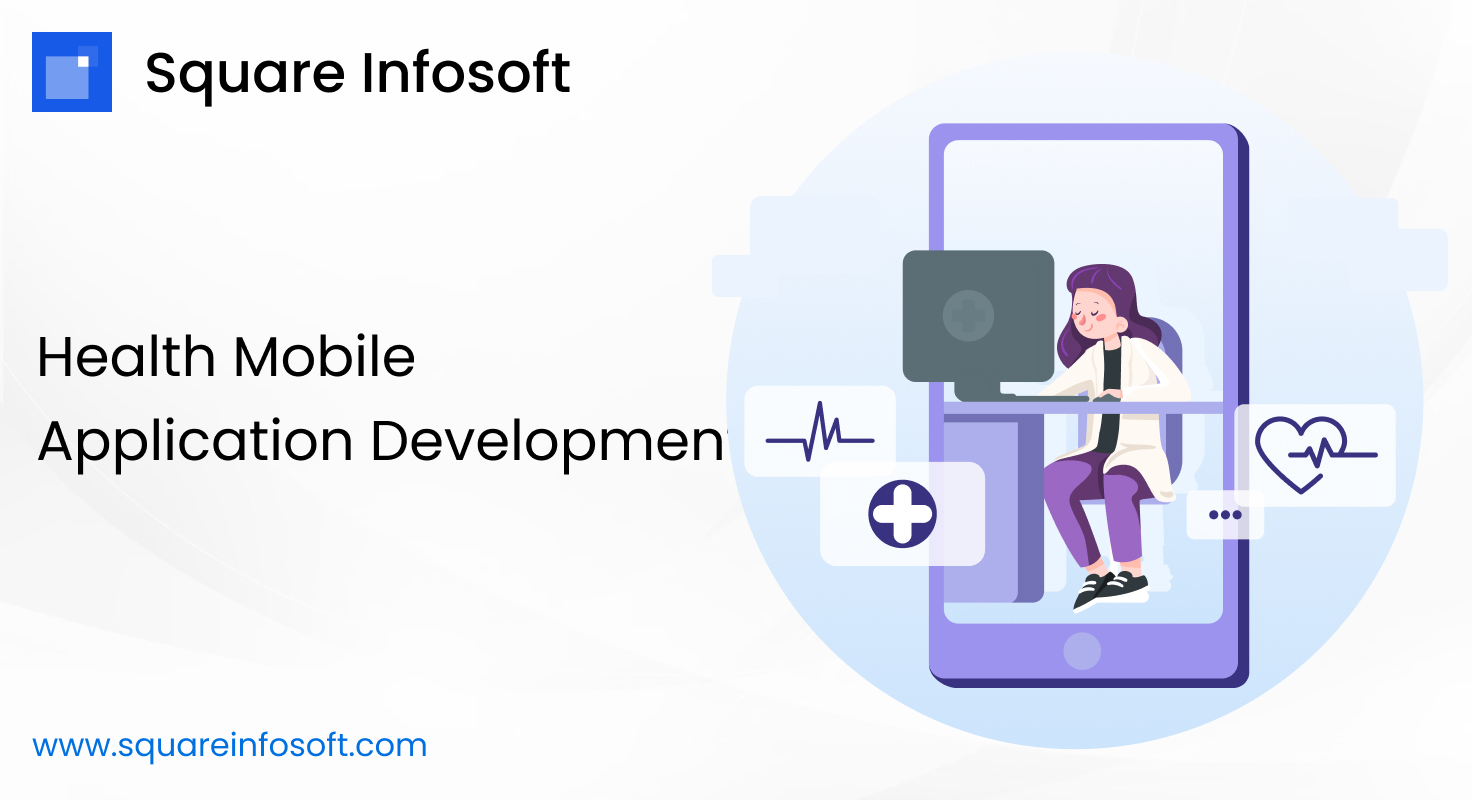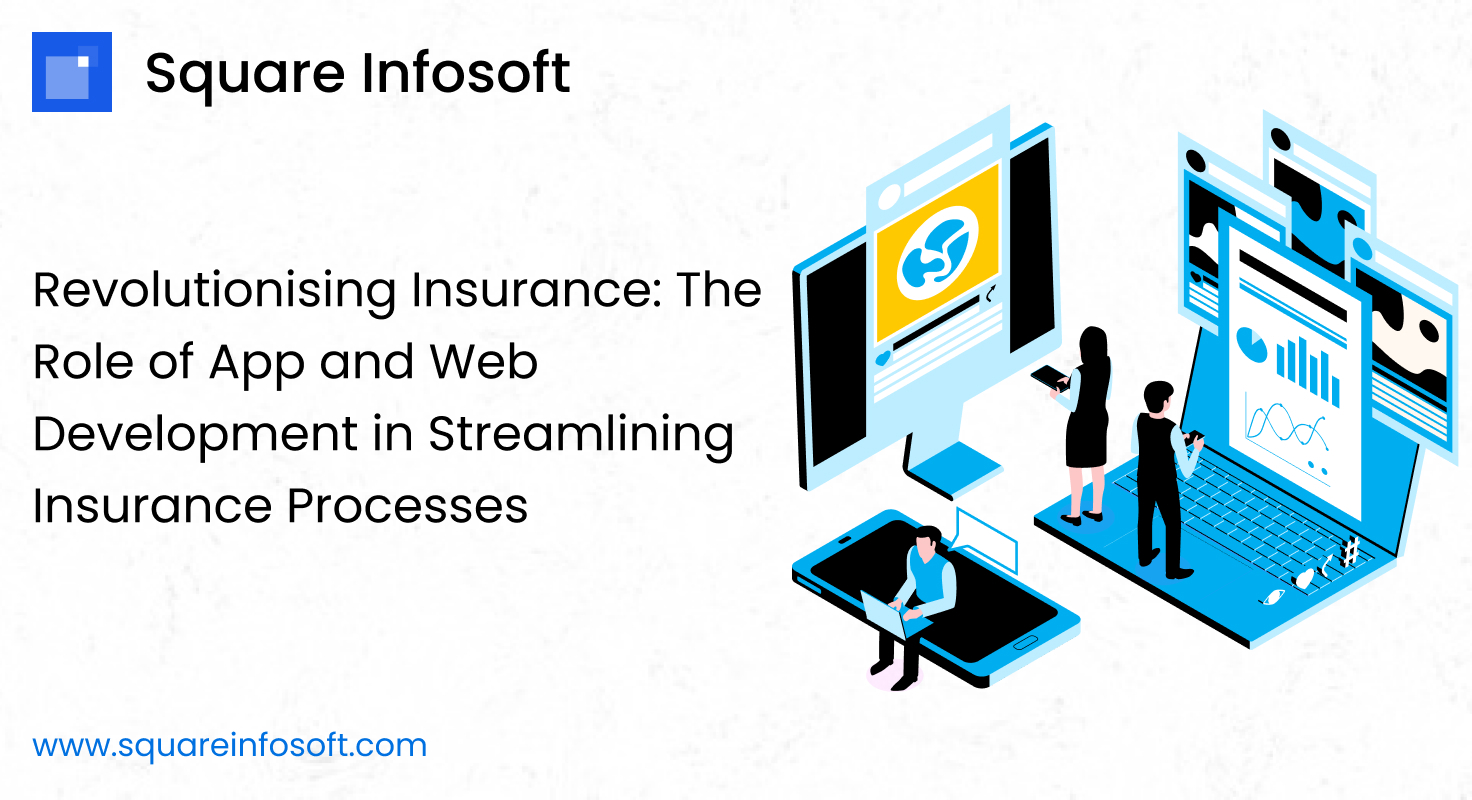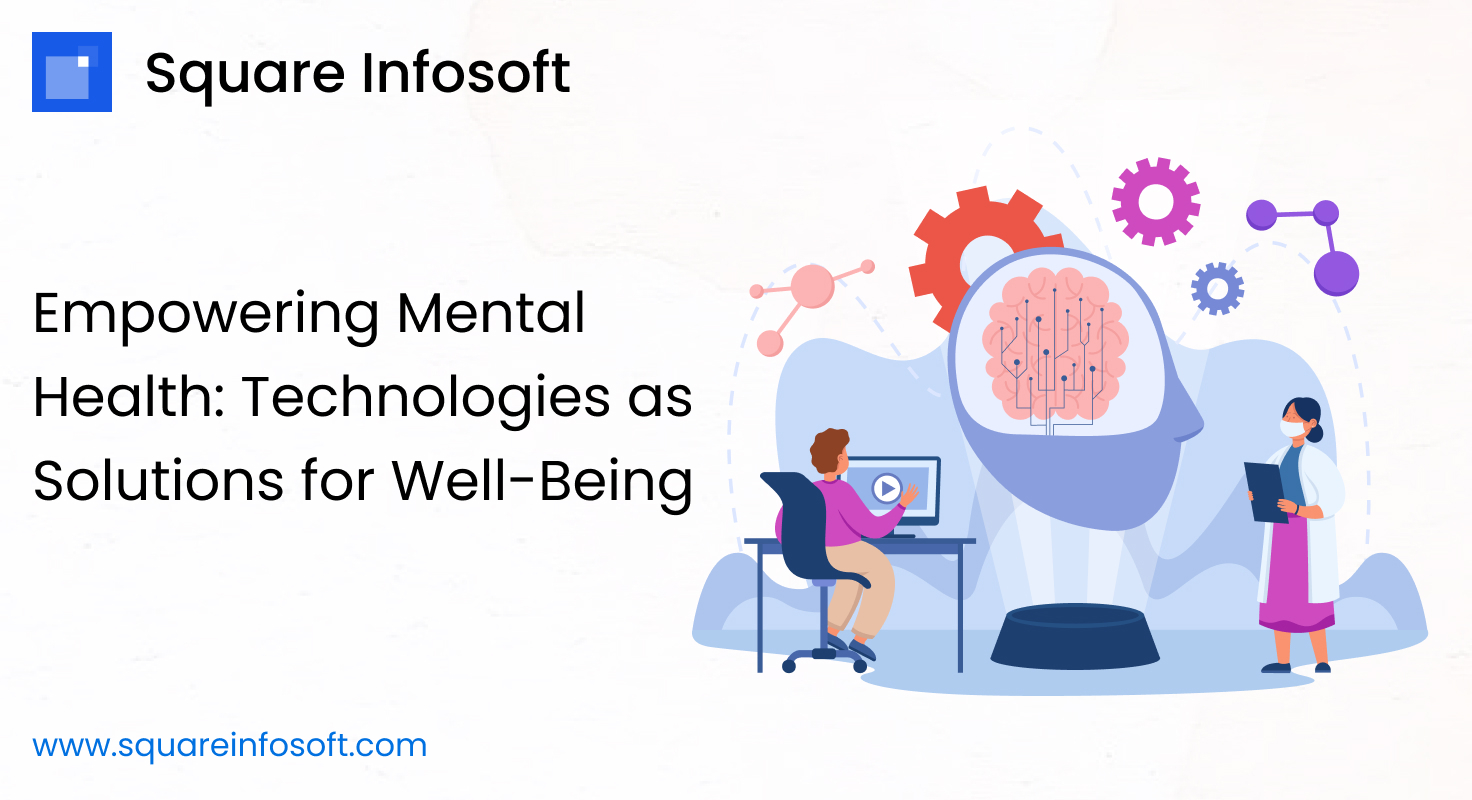Developing a Health mobile app can provide users with valuable tools and information for maintaining and improving their health and well-being. Here’s a step-by-step guide to help you get started with the development of a Health app:
1. Define Objectives:
- Determine the primary purpose of your app (e.g., fitness tracking, symptom monitoring, telehealth consultations, mental health support).
- Identify your target audience (e.g., fitness enthusiasts, patients, mental health seekers).
2. Market Research:
- Research existing health and wellness apps to understand their features, strengths, and weaknesses.
- Identify unique features or improvements that can set your app apart.
3. Planning and Conceptualization:
- Outline the core features and functionalities of your Health app.
- Consider features related to user profiles, health data tracking, symptom logging, fitness routines, reminders, and access to health professionals.
4. Feature Set:
- Develop a comprehensive list of features for your app, including:
- User registration and profiles with health information and goals.
- Health data tracking (e.g., steps, heart rate, sleep, diet).
- Symptom logging and health journal.
- Exercise routines and workout tracking.
- Meal planning and nutrition tracking.
- Medication reminders.
- Mental health support with stress reduction techniques and mood tracking.
- Telehealth consultations and video appointments with healthcare providers.
- Health and fitness challenges and goal setting.
- Integration with wearable devices and sensors.
- Educational content and articles on health topics.
- Push notifications for reminders and health tips.
- Secure data storage and privacy settings.
- Emergency contacts and health history access.
- Community and social features for user engagement.
5. Design and User Experience (UX):
- Design an intuitive and user-friendly UI for your app.
- Ensure the design is responsive and functional on various devices and screen sizes.
- Focus on providing an organized and motivating user experience that encourages healthy habits.
6. Backend Development:
- Build a secure and scalable backend system to store user accounts, health data, and provide telehealth services.
- Implement user authentication and data encryption for security.
7. Integration with Health Data:
- Integrate with health data sources, such as Apple HealthKit or Google Fit, to collect user health metrics from wearables and mobile devices.
8. Telehealth Integration:
- Collaborate with healthcare providers to enable telehealth services within the app.
- Ensure compliance with healthcare regulations and data privacy standards.
9. Testing:
- Conduct thorough testing, including functional testing, usability testing, and data security testing.
- Test the app on various devices, operating systems, and screen sizes.
- Address any bugs or issues identified during testing.
10. Deployment: – Deploy the app to app stores (Apple App Store, Google Play Store). – Ensure the app complies with healthcare and data privacy regulations.
11. Marketing and Promotion: – Develop a marketing strategy to promote your app to target user segments. – Utilize online advertising, content marketing, and partnerships with healthcare organizations.
12. Monetization: – Decide on a monetization strategy (e.g., freemium model, subscription fees, in-app advertisements). – Offer pricing plans suitable for various user needs.
13. Legal Considerations: – Ensure compliance with healthcare regulations, data privacy laws, and user data security. – Address legal requirements related to telehealth services, data storage, and user consent.
14. Updates and Maintenance: – Regularly update the app with new features, security enhancements, and bug fixes. – Stay informed about health and wellness industry trends and advances in healthcare technology.
Developing a Health app requires a strong focus on data privacy, medical accuracy, and user engagement. By providing a reliable platform for users to track their health, access information, and even consult with healthcare professionals, your app can contribute to improved health and well-being for your target audience.




